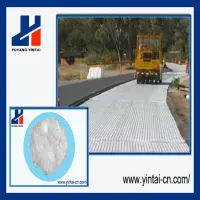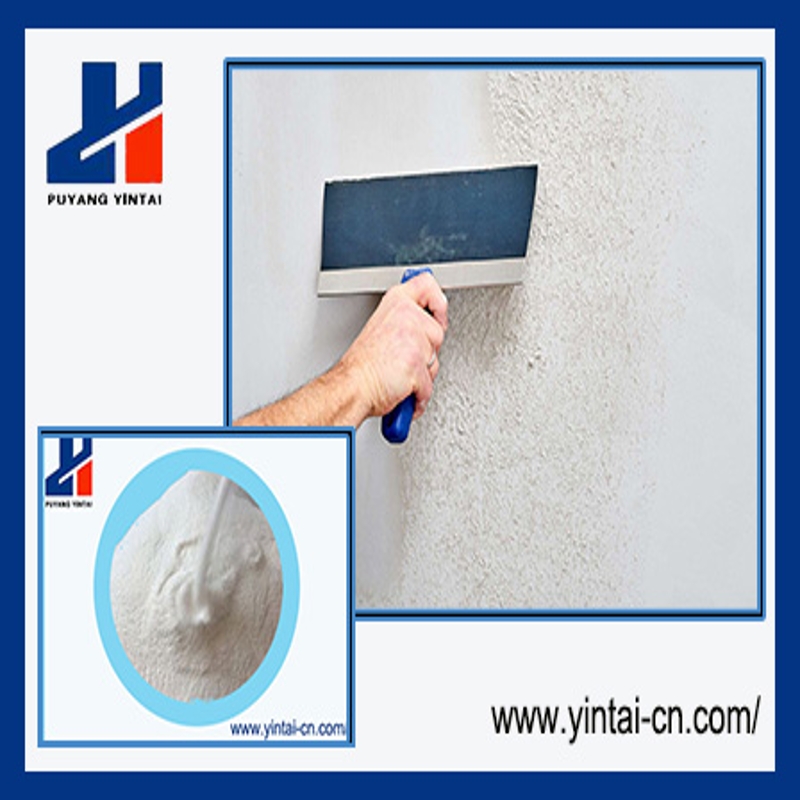-
Categories
-
Pharmaceutical Intermediates
-
Active Pharmaceutical Ingredients
-
Food Additives
- Industrial Coatings
- Agrochemicals
- Dyes and Pigments
- Surfactant
- Flavors and Fragrances
- Chemical Reagents
- Catalyst and Auxiliary
- Natural Products
- Inorganic Chemistry
-
Organic Chemistry
-
Biochemical Engineering
- Analytical Chemistry
- Cosmetic Ingredient
-
Pharmaceutical Intermediates
Promotion
ECHEMI Mall
Wholesale
Weekly Price
Exhibition
News
-
Trade Service
(4) Pre-processing and interference elimination
1.
Weigh 3 parts of 10.
2.
After weighing the soil sample in the aluminum box of known mass, put it in an oven at 105°C for 6 hours and then weigh it to calculate the soil moisture conversion coefficient (K2)
3.
The mass lost by treating soil samples with dilute hydrochloric acid is called hydrochloric acid wash loss
Check calcium ions: Put 1 to 2 drops of filtrate in the wells of the Dingbai porcelain colorimetric plate, add 1 drop of 1:1 ammonia water, gently shake the colorimetric plate, add a small amount of calcium indicator (like mung bean), and then shake it lightly.
Check the chloride ion: Collect a small amount (about 5mL) of filtrate in a test tube, add 1:9 nitric acid to acidify the filtrate, and then add 1-2 drops of 50g/L silver nitrate solution.
Wash all the soil samples in the beaker for the determination of the washing loss into the funnel with water.
4.
For samples that contain more organic matter to be removed, transfer the above two samples with all carbonate removed from the funnel to a 250mL tall beaker, add 10-20mL 1:4 hydrogen peroxide solution, and use a glass rod Stir often to promote the oxidation of organic matter (when the oxidation is strong, a lot of bubbles will be generated.
The aforesaid sample was used to determine the washing loss of hydrochloric acid and hydrogen peroxide
5.
(1) Disperse soil samples
After washing with hydrochloric acid and removing organic matter, another soil sample for particle analysis is washed with water into a 500mL Erlenmeyer flask, the filter paper is moved to the evaporating dish, and the filter paper is rinsed with a rubber-tip glass rod and water until the washed water is transparent So far, pour the washed water into an Erlenmeyer flask, add 10 mL of 0.
(2) Separate 2~0.
Put a large funnel on the 1L graduated cylinder and place the 0.
25mm sieve in the large funnel.
After the suspension is cooled, fully shake the suspension in the conical flask, pass through a 0.
25mm sieve, and wash into the 1L graduated cylinder with water
.
All the soil particles left in the bottle are washed into the sieve with water.
The soil particles in the sieve are gently scrubbed with a rubber-headed glass rod and rinsed with water until the filtered water is no longer turbid
.
At the same time, be careful not to make the volume of the suspension in the graduated cylinder exceed 1L
.
Finally, the suspension in the graduated cylinder was added to the 1L scale with water
.
Wash the sand particles remaining in the sieve into an aluminum box of known quality, put the aluminum box on an electric hot plate to steam off the water, and then put it in an oven and bake at 105°C for 6 hours before weighing
.
For samples that do not need to remove carbonate and organic matter, while determining the soil moisture conversion coefficient, you can directly weigh the sample into a 500mL Erlenmeyer flask, add 250mL of water to fully soak (above 8h), and then according to the pH of the sample, Add different dispersants to boil and disperse (add 10mL 0.
5mol/L sodium oxalate solution for neutral , 10mL sodium hydroxide solution for acidic , 10mL 0.
5mol/L sodium hexametaphosphate solution for calcareous soil samples to prepare suspension)
.
6.
Determine the temperature of the suspension
Hang the Celsius thermometer in a 1L measuring cylinder with water, put it together with the liquid to be measured, and record the water temperature, which represents the temperature of the suspension
.
7.
Aspirate the suspension sample
Place the measuring cylinder containing the suspension on a stable table with small temperature changes, and avoid direct sunlight
.
According to the temperature of the suspension, the density of the soil and the diameter of the particles, according to the time table of the suction pipe method for soil particle analysis made in the United States (Table 9-4), the particles of each level are absorbed
.
Table 9-4 The soil particle analysis straw method to suck each particle and the timetable







